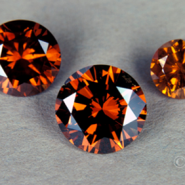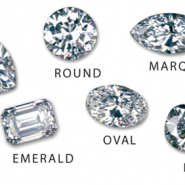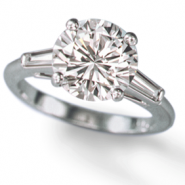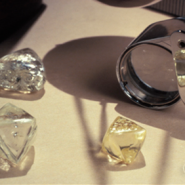Often when picturing a diamond, we envision the classic colorless gem depicted in films, showcased in engagement rings, or displayed with other popular jewelry in glass cases. A colorless diamond is the clear, classic diamond we envision. Many “colorless” diamonds possess very subtle hints of yellow or brown, colors that can affect the value of the stone. But diamonds come in colors that extend beyond the D-to-Z color scale. And when the color of the stone is strong enough, the diamond becomes known as a “fancy-color diamond.”
Read More >>When it comes to diamonds, most consumers tend to use the words “cut” and “shape” interchangeably. But for diamond professionals, there is a big difference. Diamond Shape refers to the outline of the stone (pear, oval, round, etc.). Diamond cut refers to a stone’s facet arrangement. So a shape can be faceted in a variety of ways, or cutting styles.
Read More >>A diamond solitaire refers to any piece of jewelry with a single diamond. Diamond solitaires can be a ring, necklace, earring or even men’s jewelry. They have come to mark some of the most significant occasions in one’s life, like sweet-sixteen, anniversaries, and the most notable, an engagement proposal.
Read More >>Diamonds are among the hardest natural minerals on Earth, yet they require special care to keep them shining and looking their absolute best. In fact, a diamond’s sparkle can be lost by the mere touch of a finger, which can cause dirt to collect on the diamond.
Read More >>Most consumers don’t realize the long, complicated, precarious journey a diamond takes from its humble beginning amidst tons of rock in the Earth to its sparkling transformation in a jewelry store counter. An especially critical point in the diamond’s journey is its time with the diamond artisan, who must cut the diamond to maximize its beauty.
Read More >>





